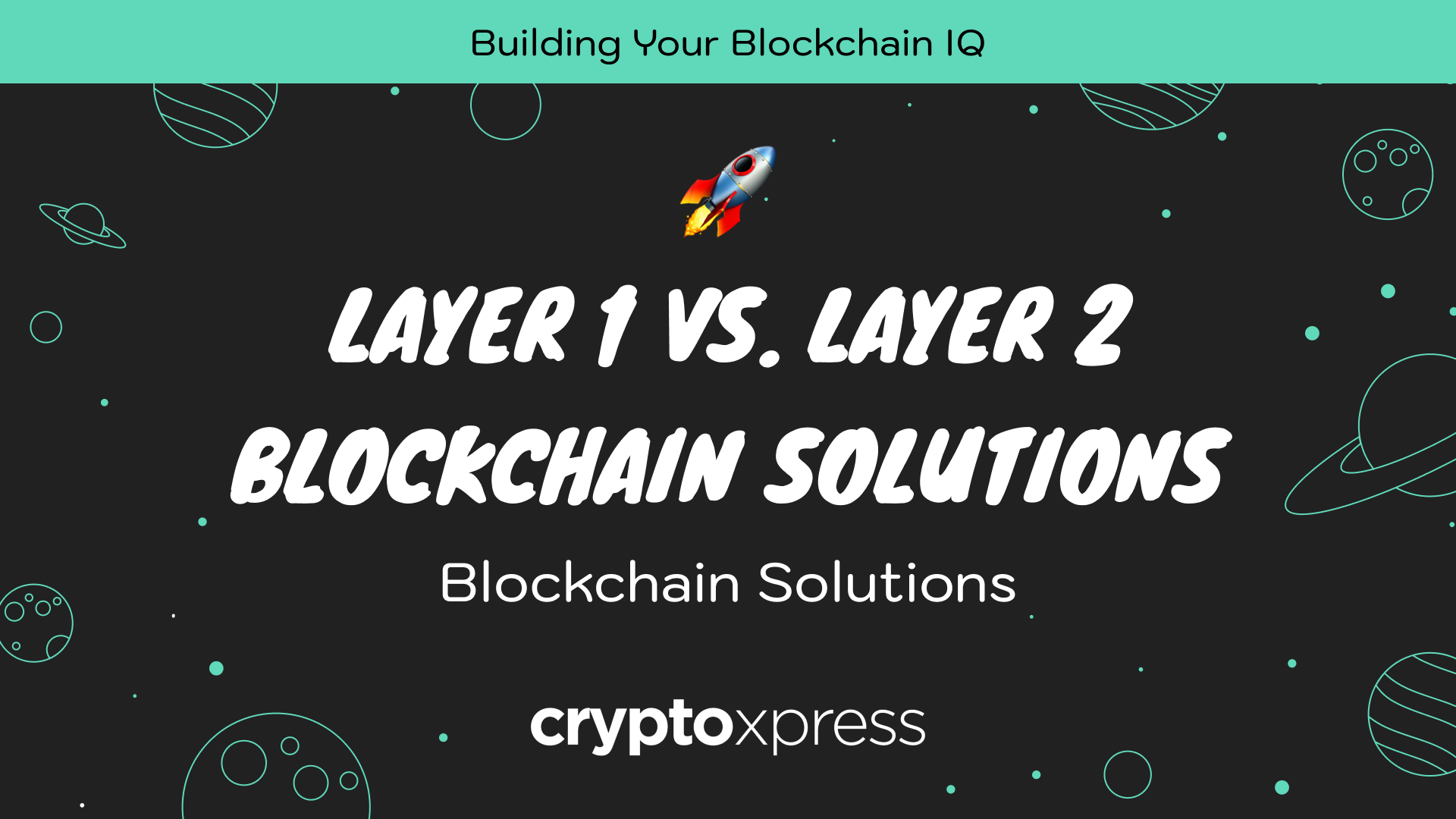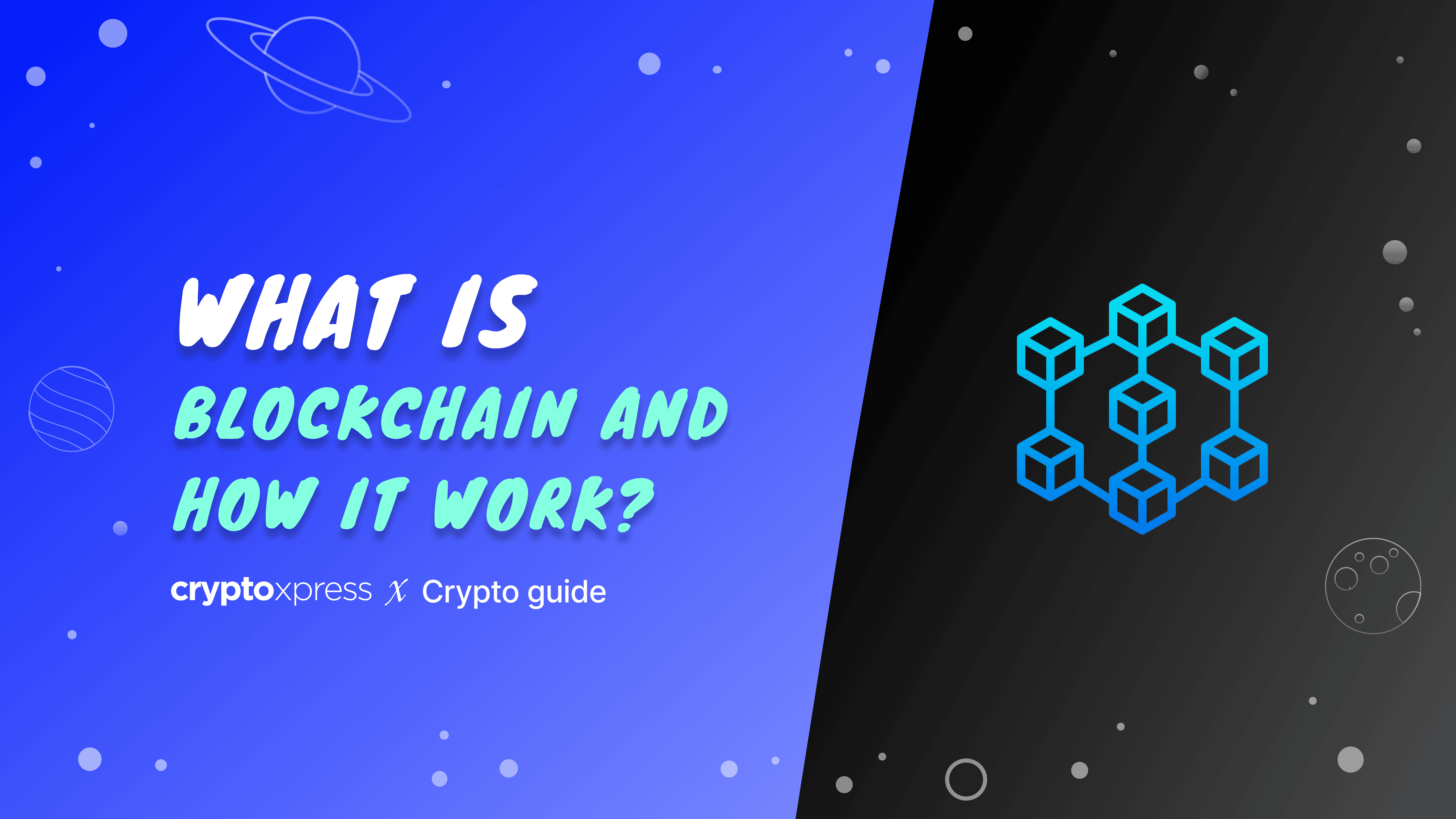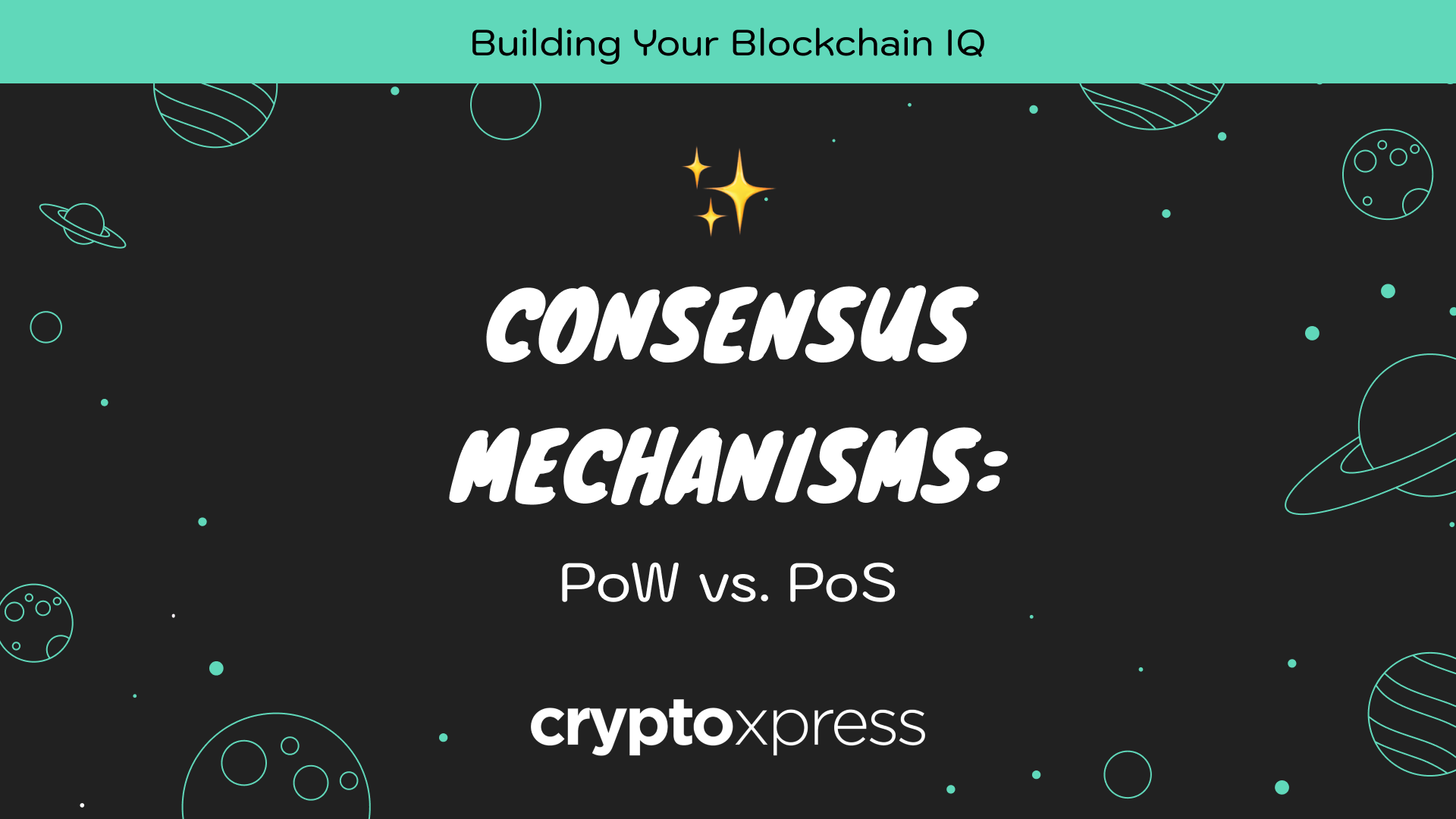|
Getting your Trinity Audio player ready...
|
TL;DR
Blockchain networks are transforming the digital landscape, but scalability remains a critical hurdle. Layer 1 solutions improve the base blockchain, while Layer 2 solutions enhance off-chain efficiency. Understanding their roles and differences is key to appreciating how they shape the future of Web3. Discover how CryptoXpress leverages these innovations to stay ahead in the blockchain revolution.
Layer 1 vs. Layer 2 Blockchain Solutions: Unlocking Scalability in Web3
Blockchain technology has revolutionized industries, from finance to supply chain, by offering decentralized and secure solutions. However, as adoption grows, scalability challenges have emerged, threatening network efficiency and user experience. Enter Layer 1 and Layer 2 solutions—two distinct approaches designed to scale blockchain networks. But what exactly do these terms mean, and why do they matter? Let’s break it down.
Layer 1 Solutions: Scaling from the Ground Up
Layer 1 refers to the foundational blockchain architecture. Think of Bitcoin, Ethereum, or Solana—the base layer where transactions are validated and recorded. Improving scalability at this level involves altering core protocols to boost network capacity and transaction speed.
Key Layer 1 enhancements include:
- Consensus Mechanisms:
Transitioning from energy-intensive Proof of Work (PoW) to efficient Proof of Stake (PoS), as seen with Ethereum 2.0, significantly reduces bottlenecks and improves throughput. - Sharding:
Dividing the blockchain into smaller, parallel chains distributes the computational workload, enabling higher transaction volumes without overloading the network. - Block Size Adjustments:
Increasing block size allows more transactions per block, though it can also raise concerns about centralization.
Despite their effectiveness, Layer 1 solutions often require complex, time-consuming upgrades that might disrupt existing networks.
Layer 2 Solutions: Scaling Beyond the Core
Layer 2 solutions work alongside the base blockchain, handling transactions off-chain or in parallel before anchoring them back to Layer 1. This approach eases congestion and speeds up transaction processing without altering the core blockchain.
Popular Layer 2 techniques include:
- State Channels:
Participants open a secure, off-chain channel for transactions, reducing the load on the main blockchain. Payment channels like the Lightning Network for Bitcoin exemplify this. - Sidechains:
Independent blockchains connected to the main chain allow users to transfer assets while benefiting from the main chain’s security features. - Rollups:
Aggregating multiple transactions into a single batch reduces data stored on the main blockchain, enhancing scalability. Optimistic and ZK-rollups are leading examples.
Layer 2 solutions excel at addressing immediate scalability needs but can introduce their own complexities, like ensuring seamless interoperability and security with the main chain.
Choosing the Right Solution: Layer 1 vs. Layer 2
The choice between Layer 1 and Layer 2 depends on the specific blockchain and its goals:
- Layer 1: Ideal for long-term scalability through structural improvements. Best suited for new blockchains or major upgrades to existing ones.
- Layer 2: A practical approach for enhancing performance without disrupting the underlying blockchain. Perfect for established networks facing urgent congestion issues.
The future of blockchain scalability likely lies in a hybrid approach, leveraging the strengths of both layers to meet diverse user demands.
Why It Matters for Web3
Web3 promises a decentralized internet, but scalability is critical for mass adoption. Without efficient Layer 1 and Layer 2 solutions, Web3 risks falling short of its potential. Blockchain networks need to handle millions of users seamlessly, supporting decentralized finance (DeFi), non-fungible tokens (NFTs), and more without sacrificing speed or security.
By understanding these scaling solutions, you’re not just following trends—you’re gaining insights into the backbone of a transformative technology shaping the future.
CryptoXpress: Innovating with Blockchain Scalability
At CryptoXpress, we recognize the importance of staying ahead in the blockchain revolution. By leveraging both Layer 1 and Layer 2 technologies, we ensure that our platform offers speed, security, and scalability for our users. Whether you’re trading crypto, exploring NFTs, or diving into the world of Web3, we’ve got you covered.
Learn more here at CryptoXpress.com.
About CryptoXpress
CryptoXpress is on a mission to democratize and simplify financial services for the modern generation. Founded in 2018 by a team of global blockchain, design, and finance experts, CryptoXpress offers a seamless mobile app that bridges the gap between cryptocurrency and everyday life. With an intuitive user experience, the app allows users to easily buy and trade crypto, book travel, purchase gift cards with crypto, make payments, and access digital transfers.
Additionally, CryptoXpress provides exclusive loyalty perks, retail offers, and member benefits tailored to enhance convenience and value. The app was designed to address key challenges faced by cryptocurrency users, particularly beginners. While the demand for cryptocurrencies continues to grow, a steep learning curve often prevents new investors from fully engaging in the market. CryptoXpress removes these barriers by simplifying the complexities of crypto, making it accessible for everyone.






